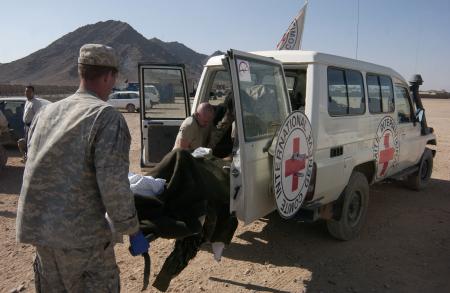A new report by Brown University estimates that at least 137,000 civilians have been killed in Iraq, Afghanistan, and Pakistan in the last ten years. The report does not use new data, but rather employs information from existing sources. Specifically, the researchers claim that 12,000-14,000; 120,000; and 35,000 civilians have died in Afghanistan, Iraq, and Pakistan respectively.
However, even the researchers acknowledge that the true number is far greater. The project only takes into account direct violence, that is, deaths from combat. However, in almost all war, especially protracted ones, a far greater number of civilians die from indirect causes — e.g. poverty, famines, disease, and lack of health care access. This is certainly the case in Afghanistan, Pakistan, and Iraq. The public health system in each of the respective war zones has been devastated by the conflicts: hospital lie damaged and destroyed; health workers leave or are attacked; and sanitation facilities remain weakened. These indirect causes are both largely immeasurable and utterly more deadly to civilians than any gun, bomb, or missile.
Furthermore, these indirect threats can kill and injure long after the wars end. It is for this reason that international and non-governmental humanitarian organizations must have the funding to maintain a long-term presence in post-conflict states. Even if the conflicts ended today, and there is zero chance any of them will, each of these countries would be paying the human price for Operation Iraqi Freedom and Operation Enduring Freedom for decades to come.
